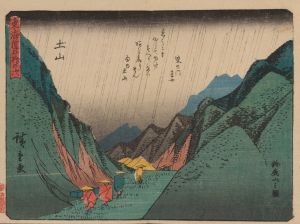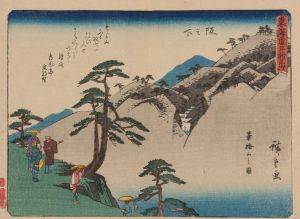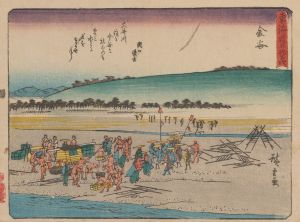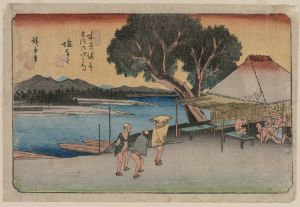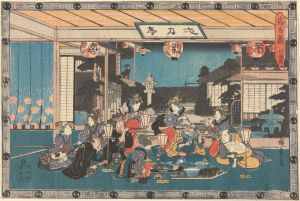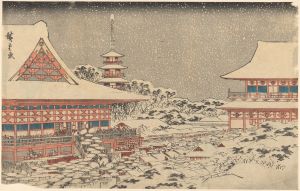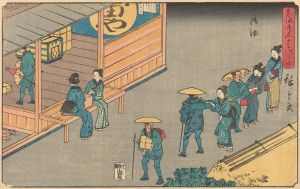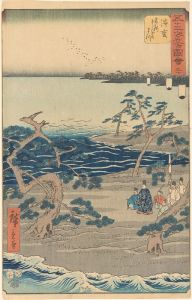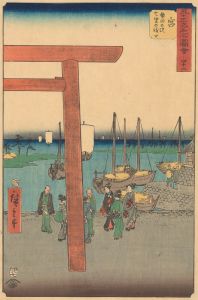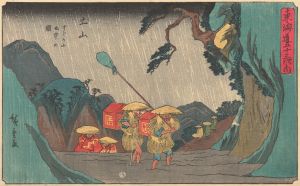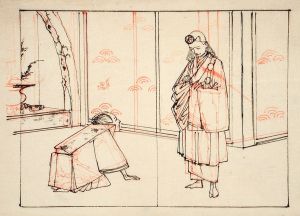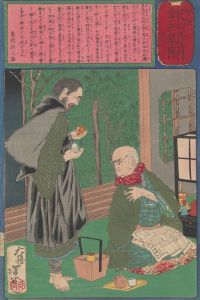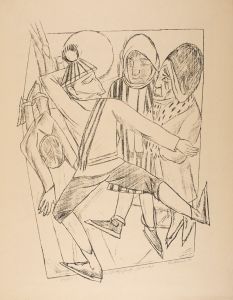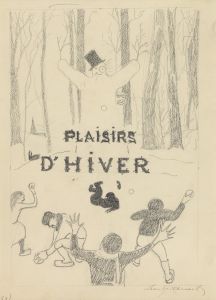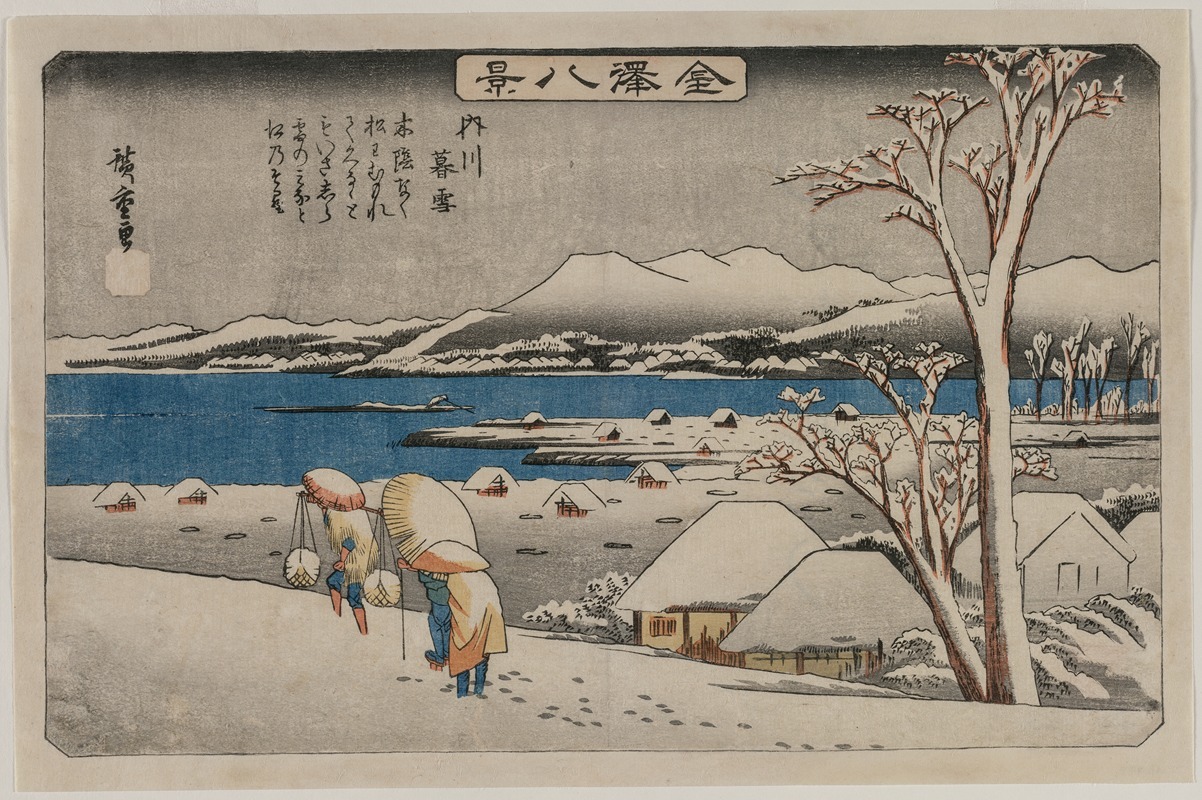
Evening Snow at Uchikawa, from the series Eight Views of Kanazawa
A hand-painted replica of Andō Hiroshige’s masterpiece Evening Snow at Uchikawa, from the series Eight Views of Kanazawa, meticulously crafted by professional artists to capture the true essence of the original. Each piece is created with museum-quality canvas and rare mineral pigments, carefully painted by experienced artists with delicate brushstrokes and rich, layered colors to perfectly recreate the texture of the original artwork. Unlike machine-printed reproductions, this hand-painted version brings the painting to life, infused with the artist’s emotions and skill in every stroke. Whether for personal collection or home decoration, it instantly elevates the artistic atmosphere of any space.
Evening Snow at Uchikawa, from the series Eight Views of Kanazawa, is a woodblock print by the renowned Japanese ukiyo-e artist Andō Hiroshige. Hiroshige, born in 1797 and active until his death in 1858, is celebrated for his landscape prints and is considered one of the last great masters of the ukiyo-e tradition. His work is known for its poetic and atmospheric qualities, often capturing the transient beauty of nature and the changing seasons.
The print in question, Evening Snow at Uchikawa, is part of the series Eight Views of Kanazawa. This series is inspired by the traditional Chinese theme of the "Eight Views," which was adapted by Japanese artists to depict various scenic locations across Japan. The Eight Views of Kanazawa series showcases the picturesque landscapes of the Kanazawa area, located in the Ishikawa Prefecture on the western coast of Japan's Honshu island. This region is known for its rich cultural heritage and natural beauty, making it a fitting subject for Hiroshige's artistic exploration.
Evening Snow at Uchikawa captures a serene winter scene, characterized by the quiet and calm that often accompanies snowfall. Hiroshige's use of color and composition in this print exemplifies his ability to convey mood and atmosphere. The snow-covered landscape is depicted with subtle gradations of white and blue, creating a sense of depth and tranquility. The Uchikawa River, likely the central feature of the composition, is rendered with delicate lines and curves, guiding the viewer's eye through the scene.
Hiroshige's technique in this print, as in many of his works, involves the use of bokashi, a method of creating gradations of color by hand-applying ink to the woodblock. This technique allows for a smooth transition of tones, enhancing the print's atmospheric quality. The careful attention to detail and the harmonious balance of elements are hallmarks of Hiroshige's style, contributing to the enduring appeal of his work.
The Eight Views of Kanazawa series, including Evening Snow at Uchikawa, reflects Hiroshige's interest in capturing the essence of specific locations and their seasonal changes. His prints often evoke a sense of nostalgia and appreciation for the natural world, resonating with viewers both in his time and today. Hiroshige's work has had a significant influence on Western art, particularly during the Japonisme movement in the late 19th and early 20th centuries, when European artists such as Vincent van Gogh and Claude Monet drew inspiration from Japanese prints.
Evening Snow at Uchikawa, like many of Hiroshige's prints, serves as a visual poem, inviting viewers to pause and reflect on the beauty of the moment. It stands as a testament to Hiroshige's mastery of the ukiyo-e medium and his ability to capture the ephemeral qualities of nature. Through his work, Hiroshige has left an indelible mark on the art world, bridging cultural and temporal divides with his timeless depictions of Japan's landscapes.





